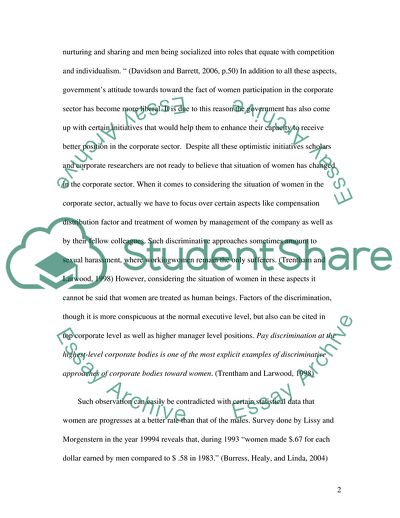Cite this document
(Gender Bias: Remuneration of CEOs Literature review, n.d.)
Gender Bias: Remuneration of CEOs Literature review. https://studentshare.org/human-resources/1722240-not-sure-could-you-come-up-with-one
Gender Bias: Remuneration of CEOs Literature review. https://studentshare.org/human-resources/1722240-not-sure-could-you-come-up-with-one
(Gender Bias: Remuneration of CEOs Literature Review)
Gender Bias: Remuneration of CEOs Literature Review. https://studentshare.org/human-resources/1722240-not-sure-could-you-come-up-with-one.
Gender Bias: Remuneration of CEOs Literature Review. https://studentshare.org/human-resources/1722240-not-sure-could-you-come-up-with-one.
“Gender Bias: Remuneration of CEOs Literature Review”. https://studentshare.org/human-resources/1722240-not-sure-could-you-come-up-with-one.


